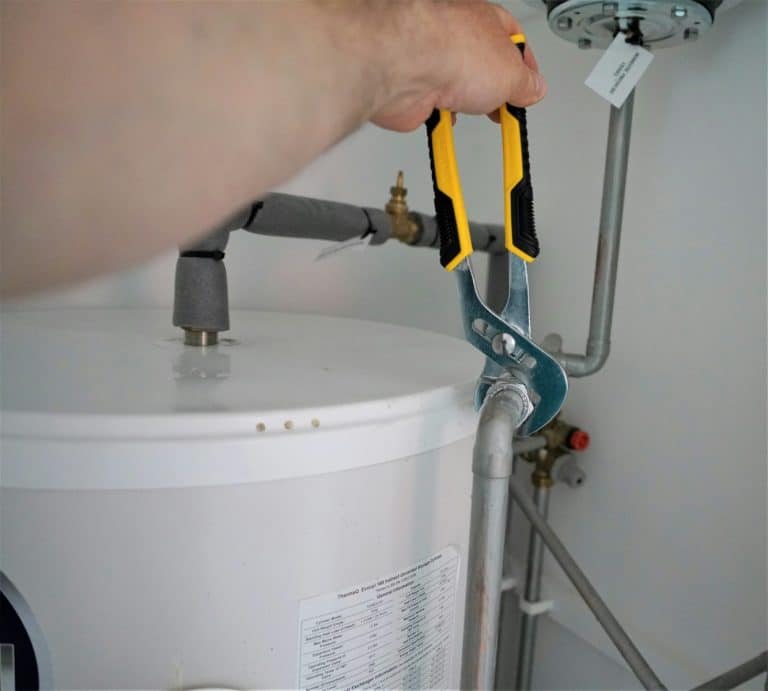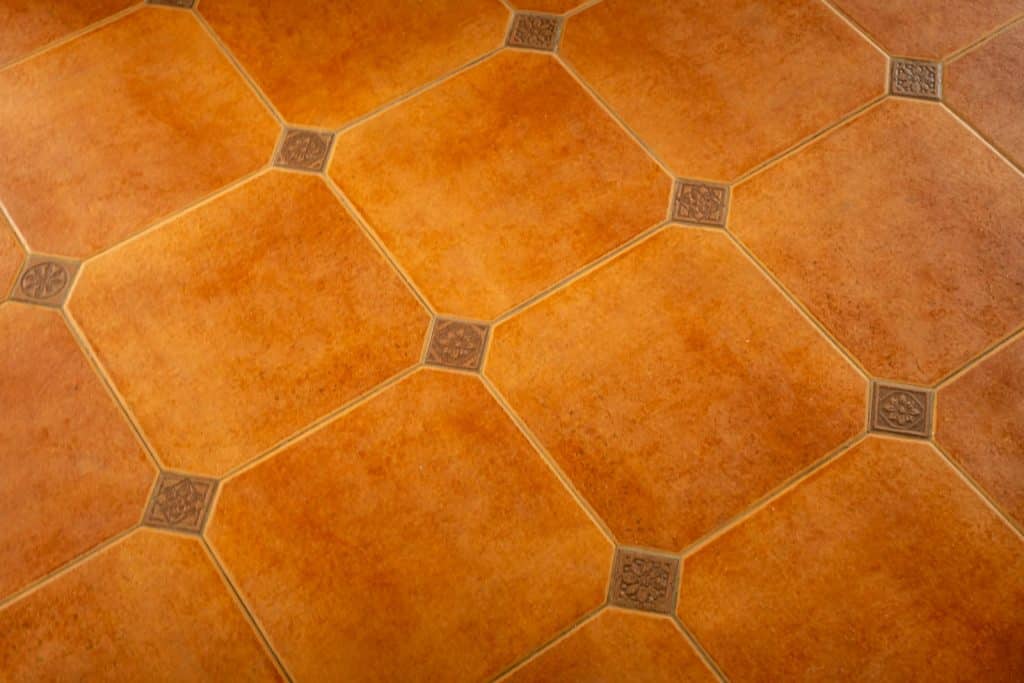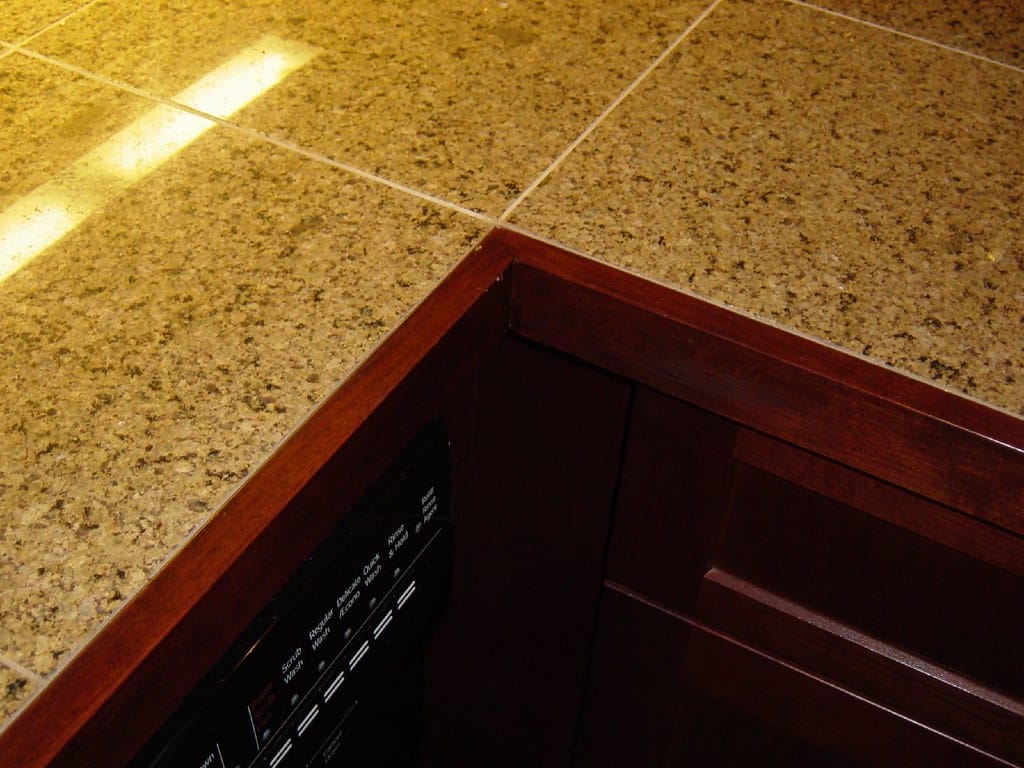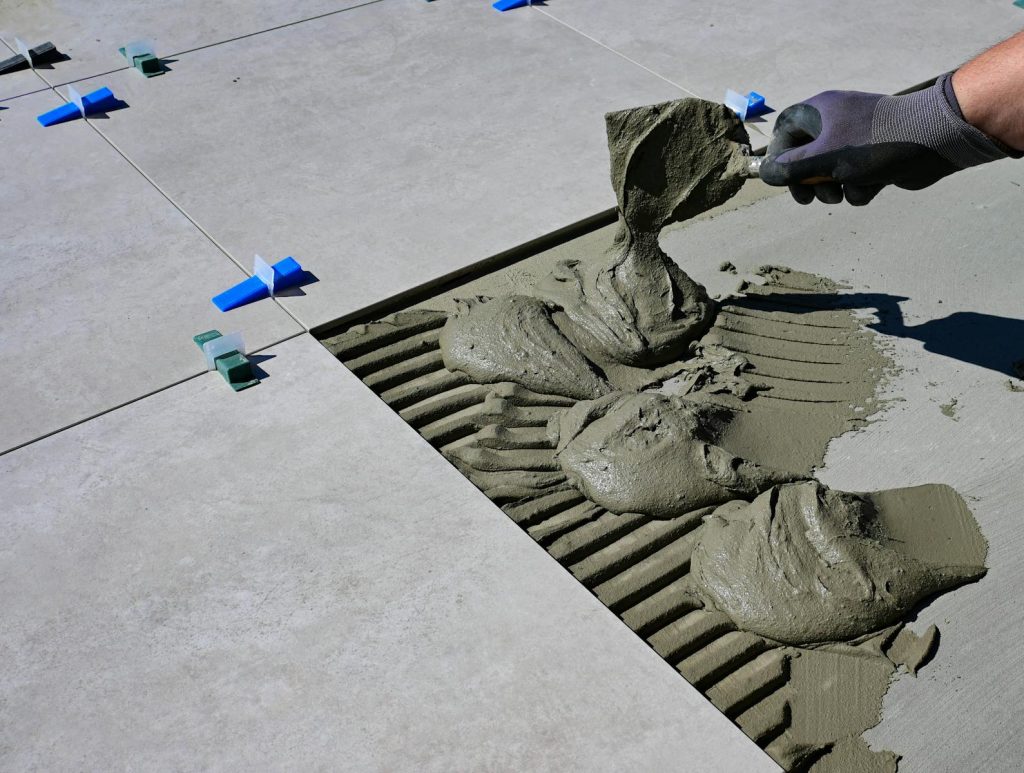A plumber is responsible for installing, diagnosing, and repairing sanitary plumbing systems and fixtures. Equipped with specialized skills, a qualified plumber can handle everything from installing standard pressure booster systems to setting up mobile plumbing infrastructure. They possess expertise in water pressure, flow rates, distribution systems, and the mechanics of devices like pressure pumps, manifolds, and water meters.
In this article, rather than focusing on installing fixtures like urinals, sinks, faucets, or water heaters, we’ll discuss common household plumbing issues that require professional intervention and the methods used to resolve them.
Before initiating repairs, a plumber must first diagnose the root cause of a problem. Identifying the issue accurately saves time, money, and prevents recurring malfunctions.
What Plumbing Issues Do Professionals Handle?
Plumbing problems can be broadly categorized into four types:
- Wastewater system issues
- Shut-off valve failures
- Siphon (P-trap) malfunctions
- Clean water system defects
Clean water system issues further divide into cold water line problems (e.g., leaks, low pressure) and hot water system failures (e.g., heater malfunctions, pipe corrosion).
Common Shut-Off Valve Issues
If you’re experiencing problems with shut-off valves, these are likely culprits:
- Noisy or leaky valves
- Partial or complete loss of function
- Restricted water flow
- Faulty handles or stems
A plumber will inspect components like washers, O-rings, valve stems, and cartridges. Replacing worn-out parts typically resolves these issues. For instance, a dripping faucet often requires a new washer or cartridge.
Wastewater System Problems
Wastewater issues may involve:
- Blocked drains
- Foul odors
- Gurgling noises
- Pest infestations (e.g., insects, rodents)
- Pipe leaks
Plumbers inspect P-traps, drainpipes, and connections for clogs, cracks, or misalignments. Issues like collapsed pipes, degraded seals, or improper venting are common causes. Advanced tools, such as drain cameras, help locate hidden leaks or blockages.
Siphon (P-Trap) Failures
Siphon-related complaints often include:
- Dry traps (allowing sewer gases indoors)
- Leaks or backflow
- Clogs from debris or grease
Plumbers disassemble siphons to clear obstructions or replace damaged parts like curved pipes or seals. Preventative maintenance, such as monthly flushing with hot water, can mitigate buildup.
Clean Water System Defects
Clean water system issues stem from:
- Incorrect installations
- Pipe corrosion or scaling
- High water pressure damaging joints
- Frozen or cracked pipes
Symptoms like low pressure, noisy pipes, or wall dampness often indicate leaks or pressure imbalances. Plumbers use pressure gauges and leak detectors to pinpoint issues, then repair or replace affected sections.







